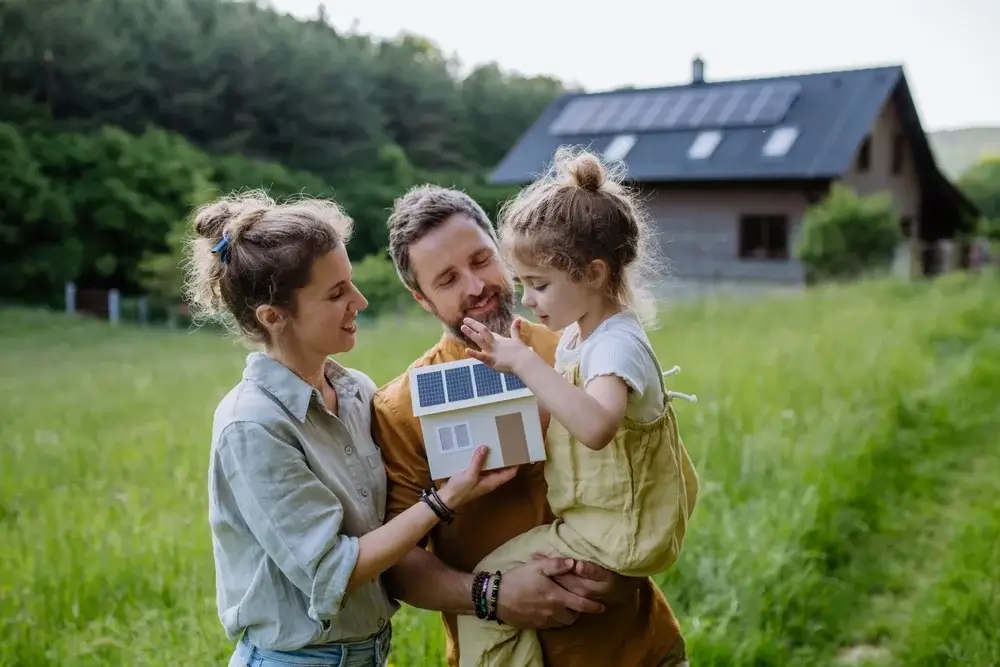
In Australia, where the weather can flip from scorching hot to breezy cool faster than a kangaroo on the hop, it’s no wonder that energy efficiency has become a hot topic in homes nationwide. Homeowners are turning their attention to not just keeping the heat out, or in, but doing it smartly and sustainably. Among the top contenders for home energy efficiency makeovers, we find solar installation, insulation, and double-glazed windows, each vying for the spotlight.
Solar installation promises to harness Australia’s abundant sunlight to power homes. Insulation quietly works behind the scenes to keep interiors temperate and cosy. And then there’s double-glazed windows that keep the elements at bay with style. Each option packs its own punch in the battle against high energy bills, but why is solar installation increasingly seen as the heavyweight champion? Let’s find out!
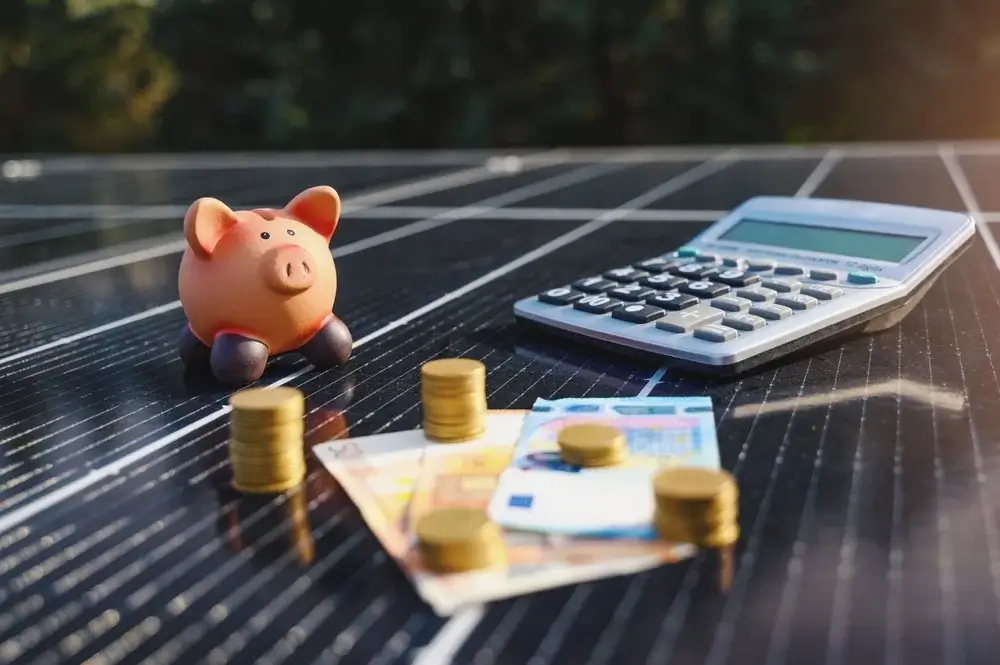
When looking to invest in energy efficiency, everyone wants to know about the bang for their buck. Let’s break down the numbers and see how solar panels stack up against insulation and double-glazing in the grand financial showdown.
The upfront cost for installing solar panels can range between $3,000 to $7,000 depending on the size and specifics of the system. However, they start paying you back with reduced energy bills, typically cutting down costs by up to 50-90%. For an average home spending about $1,500 annually on electricity, solar can save up to $1,350 each year.
Installation of high-quality insulation might cost anywhere from $1,500 to $4,000, depending on your home’s size and the type of insulation. Savings from insulation are generally about 15-50% on heating and cooling costs, which might translate to around $200 to $700 annually.
These come with a price tag ranging from $5,000 to $15,000 for an average-sized home. They help you cut energy costs by reducing heating and cooling costs by approximately 12-25%, which might save about $180 to $375 per year.
The sunny heroes here have an ROI period that can range from 3 to 5 years, thanks to the incredible savings on energy bills and various government rebates. After this period, it’s pretty much like having a mini power station on your roof that pays dividends.
Insulation generally takes a bit longer to pay for itself, about 6 to 10 years. While it’s a stalwart in energy conservation, its financial recovery period is slow and steady.
This option has an ROI timeline that could stretch 10 to 20 years. Double-glazed windows offer durability and aesthetic benefits, but the financial payback takes the longest due to the high initial investment and relatively moderate energy savings.
With quick returns and impressive long-term savings, solar panels are in a league of their own. Insulation and double-glazing are more of a slow burn, but they too contribute valuable energy efficiencies. However, if you’re looking for a quick win on your energy bills, solar power might just be your best bet. So, if you’re keen to see those energy costs plummet, it might be time to let the sun in!
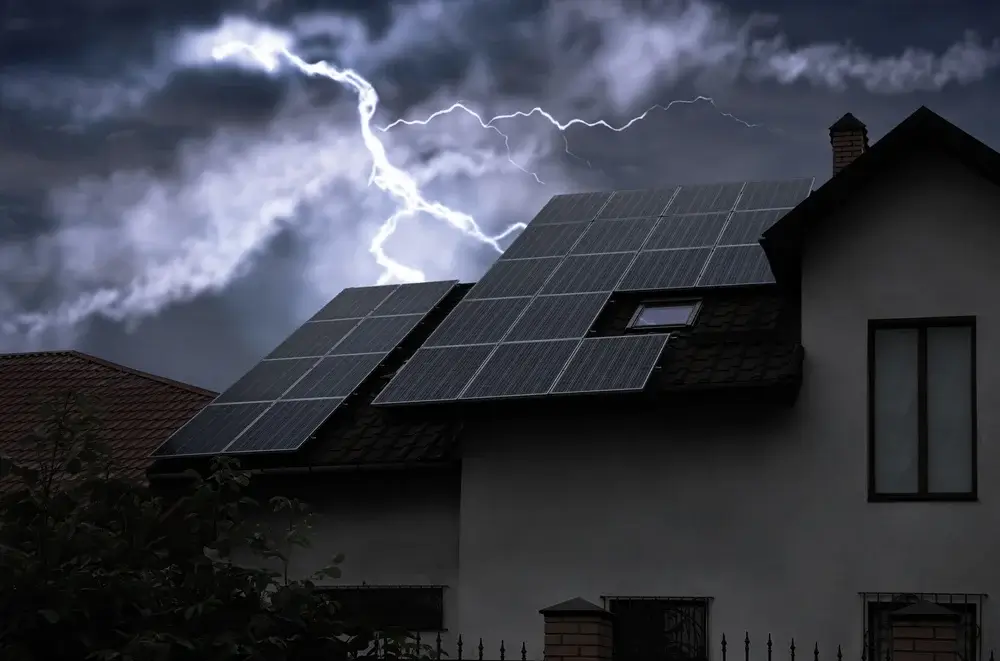
You should feel in control in your home, but don’t you just feel powerless and frustrated when the grid goes down? What if there’s a way to stop bowing to the tyranny of the utility companies during peak hours or power outages? Solar is the answer, because they offer you impressive autonomy.
Solar panels put you in command of your own energy supply. Instead of relying on the grid and its fluctuating prices and occasional blackouts, solar panels draw from the most reliable source around—the sun! Even during peak energy times, when everyone else is paying top dollar for their power, you can be coolly powering your home with the energy you’ve harvested from your own rooftop.
With solar panels, you’re not just cutting down your utility bills; you’re also cutting the cord with your energy company’s constant rate hikes. When the grid is gasping under the weight of demand during those sweltering summer afternoons, your solar system can keep your air conditioning humming without a hitch.
Remember the last time a power outage turned your home into a candle-lit cave? With solar panels equipped with battery storage, next time the grid falters, you won’t even have to pause your binge-watching. Your solar system can automatically switch over and keep the lights on and the fridge cold.
Solar batteries take your energy independence to the next level. By storing excess energy produced during the day, these batteries let you use your solar power even when the sun has set. Think of them as your personal energy savings account, where you deposit excess solar power to withdraw when you really need it.
With battery storage, your reliance on the grid can reduce dramatically. This setup not only provides power during nighttime but also adds an extra layer of security when the grid is down or during extreme weather conditions, ensuring that your home remains powered up.
In essence, choosing solar panels is like choosing to grow your own veggies in a backyard garden—you know exactly where it’s coming from, it’s always available when you need it, and it’s way more satisfying than paying the supermarket prices. So, why not invest in solar and enjoy the perks of being energy self-sufficient? With solar, you’re not just saving money; you’re setting up your own private power plant right on your roof!
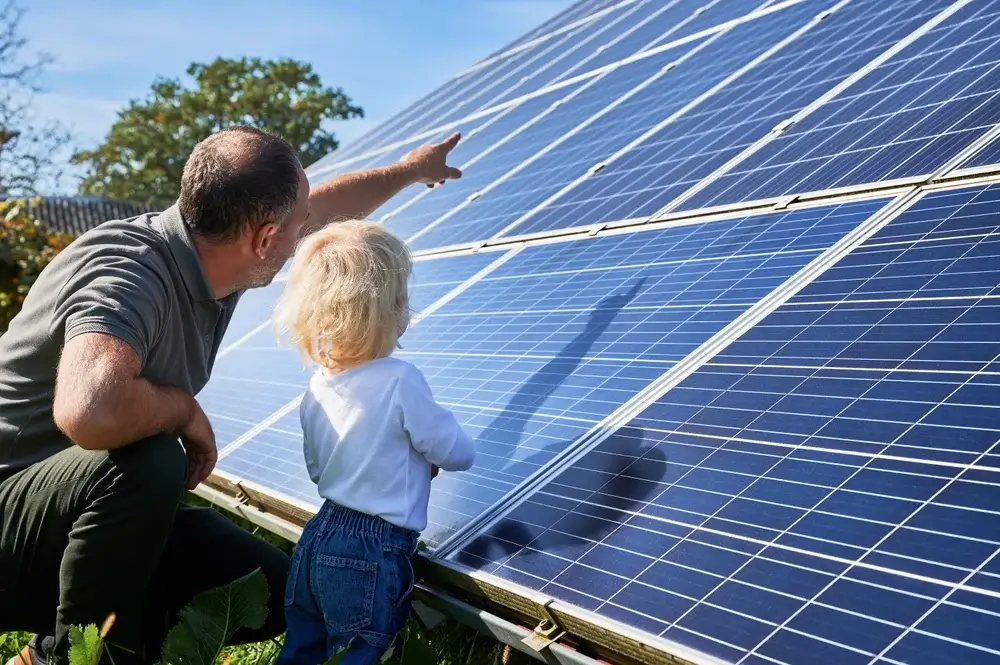
Let’s get real—choosing between solar panels, insulation, and double-glazed windows for your home is tough. They all have their strengths in fighting the good fight against energy waste, but solar panels, but why should solar panels be your first port of call?
Solar panels don’t just save you money; they save the planet one kilowatt at a time. By converting sunlight—a completely renewable resource—into electricity, they produce clean, green energy without burning fossil fuels or belching out greenhouse gases. So, while insulation and double-glazed windows are busy keeping energy from escaping your home, solar panels are out there actively fighting against carbon.
Every watt of solar power generated means one less watt of conventional power needed. This directly translates to a tremendous reduction in your home’s carbon footprint. It’s like switching from a gas-guzzling monster truck to a sleek electric car; the difference in emissions is monumental!
Recognising the environmental benefits of solar energy, the Australian government rolls out incentives like rebates, grants, and even feed-in tariffs to encourage more homeowners to adopt solar. These incentives make solar more affordable and prove that solar energy helps in achieving national targets for reducing carbon emissions.
Insulation and double-glazed windows quietly prevent energy waste and maintain peace between your indoor climate and the wild weather outside. While they’re great at what they do—reducing the energy needed for heating and cooling—they don’t actively produce cleaner energy or cut down on external energy dependence.
While all three options contribute to a more sustainable future, solar panels take the lead by not only reducing the demand for dirty power but also by adding clean, green energy back into the mix. It’s a proactive approach versus the passive defence strategy of their worthy opponents.
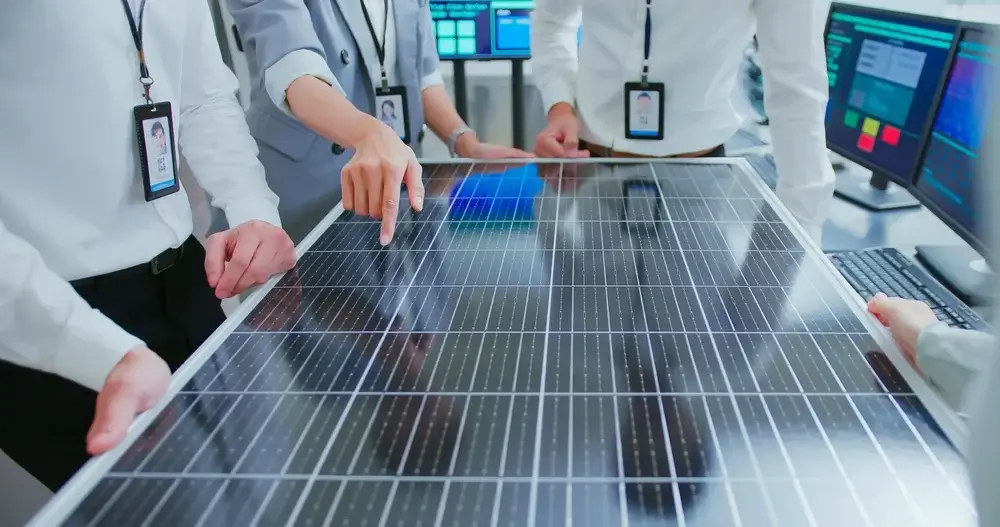
Every year, advancements in solar technology make systems more efficient and more cost-effective. Let’s look at how solar is staying ahead of the curve and why insulation and double-glazing might need to catch up.
Modern solar panels are like smartphones—they get smarter and more powerful with each new generation. Thanks to continuous improvements in photovoltaic materials and designs, today’s solar panels convert sunlight to electricity more efficiently than ever before, squeezing more juice out of every ray.
Solar systems are not inflexible—you can keep building and expanding. New technologies, such as battery storage systems and smart home integrations, can be seamlessly added to existing solar setups, allowing homeowners to adapt to new advancements without having to start from scratch.
With the advent of smart grids and home automation systems, solar installations can easily play nice with other tech in your home. Imagine your solar system automatically adjusting to weather forecasts, storing extra energy before a cloudy day, or intelligently distributing power during peak usage times.
Insulation and double-glazed windows are fantastic at what they do—keeping your home’s climate controlled. However, their technology is relatively static. Once installed, they don’t evolve or improve over time; they can’t integrate with smart home systems or upgrade to harness new efficiencies.
While these methods are effective for energy conservation, they don’t offer the same adaptability as solar technology. You can’t update your insulation or windows to suddenly become more efficient or interactive—they are physically and functionally fixed.
In a decade when technology is changing at the speed of light, adaptability is no trivial matter. Solar energy systems not only provide immediate benefits but also promise compatibility with future innovations. This ensures they remain a valuable, forward-thinking choice for anyone looking to invest in home energy solutions.
Insulation and double-glazing might keep the drafts at bay, but solar panels do that and much, much more, evolving constantly to meet the demands of tomorrow.
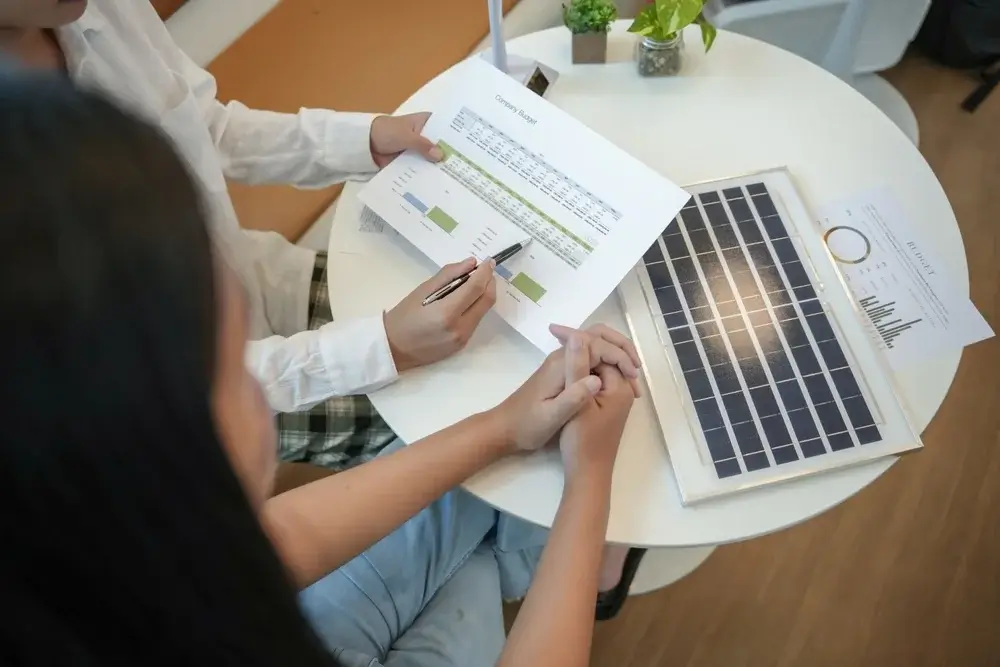
If there’s anything that can make solar more attractive apart from what it does, it’s the buffet of government incentives on offer. Unlike the somewhat sparse offerings for insulation and double-glazing, the incentives for solar are many, making it both accessible and affordable for homeowners across Australia.
At the national level, the Small-scale Renewable Energy Scheme (SRES) dishes out Small-scale Technology Certificates (STCs). These certificates reduce the upfront cost of installing a solar system by acting as a form of currency that can be sold or traded.
Various states serve their own local incentives. For instance, Victoria offers rebates through the Solar Homes Program, which can shave off a considerable chunk from the cost of solar PV systems and solar batteries. Other states offer similar or complementary incentives, ensuring that almost every Australian can savour the savings.
While there are some incentives for insulation and double-glazing, they’re not as numerous or comprehensive. These incentives are often limited, less marketed, and can vary significantly between regions, making them less impactful compared to what’s available for solar. Here’s why you should factor in solar incentives when deliberating your choice of renewable energy source.
Thanks to government incentives, the initial cost of solar installation costs becomes much more bearable. For many homeowners, these savings drastically reduce the payback period, making solar an economically attractive option right from the start.
With financial barriers lowered, more households can join the renewable revolution, which not only benefits them but also contributes to the country’s energy independence and environmental goals.
By heavily incentivising solar installations, the government isn’t just offering a discount; it’s making a statement about the importance of sustainable energy solutions for the future of the country.
While insulation and double-glazing get a nod from the government, solar is the clear favourite, as it receives robust support that helps homeowners save money and the planet all at once. So, if you’re thinking about upgrading your home’s energy solutions, tapping into these solar incentives is a no-brainer.
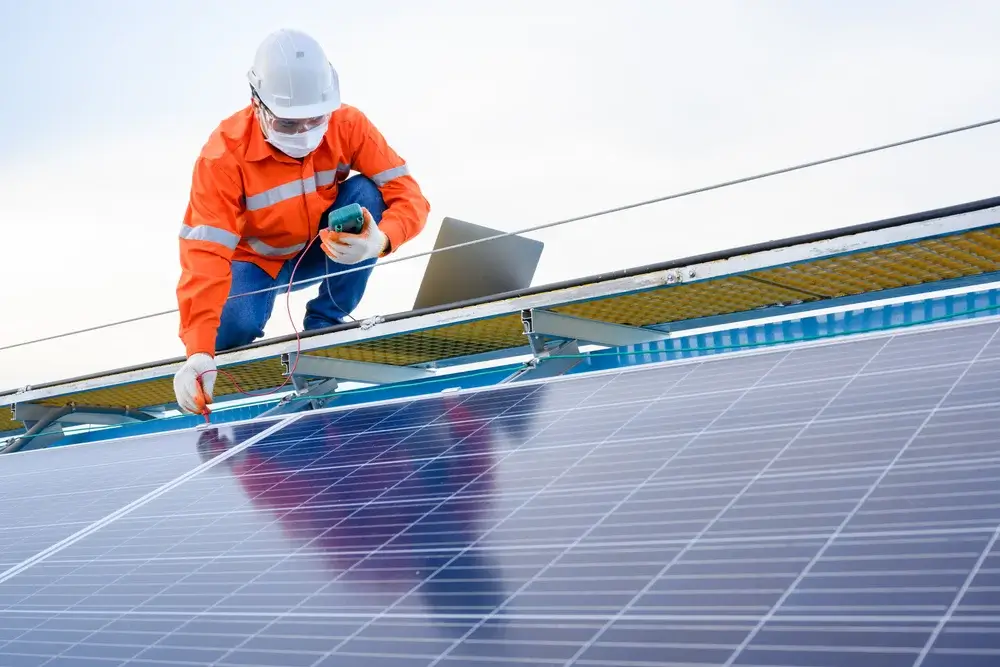
Home improvements require a lot of consideration and money to spare, so longevity and low maintenance will definitely drive the to-buy-or-not-to-buy decision. Why might solar panels just be the long-lasting, low-fuss answer to home energy needs, while insulation and double-glazed windows, though sturdy in their own right, might just need a bit more TLC as they age?
Modern solar panels are not just smart; they’re tough. With most panels boasting a lifespan of 25 to 30 years, they’re the Methuselahs of home energy solutions. They sit on your roof, soak up the sun, and ask for little in return.
Maintenance for solar panels is about as low as it gets. A gentle cleaning to whisk away any debris or leaves a couple of times a year is usually enough to keep them in tip-top shape. If they are installed correctly, there will be no need for excessive check-ups or costly part replacements.
Insulation does its job quietly, stuffed away in walls and attics. But over time, it can compress or shift, reducing its effectiveness. This means it might need a check-up and topping up every decade or so to keep it performing at its best.
Insulation can also be prone to pest infestations, which can degrade the material and diminish its insulating properties. Keeping an eye on these uninvited guests becomes part of the maintenance routine.
Double-glazed windows are fantastic for reducing noise and energy loss, but their seals can degrade over time. If moisture sneaks between the panes, it can fog up the view and dampen their insulating abilities.
Unlike solar panels, which tend to degrade gracefully over a long period, once double-glazing starts to fail, it often requires a complete replacement to restore its benefits. This can mean a significant outlay every 15 to 20 years.
While all three options represent considerable up-front investments, solar panels often come out ahead in terms of ongoing costs and maintenance hassles. Their durability and ease of care offer peace of mind and a more predictable cost over time.
Additionally, solar technology has embraced advancements that further enhance durability and efficiency, keeping maintenance needs minimal and performance high.
In summary, if you’re looking for a solution that combines robust performance with minimal babysitting, solar panels are your go-to option. They work hard, play long, and don’t fuss—what more could you ask for in a home energy upgrade? Meanwhile, don’t discredit insulation and double-glazing; just be ready for their extra care needs over the years.
Well, there you have it! The sun has set on our exploration of why solar installations outshine their energy-efficient counterparts like insulation and double-glazed windows. Whether you’re tallying up costs, dreaming of energy independence, or rallying for a greener planet, solar panels are simply the best choice you could make.
It’s time to assess your personal energy needs, and who better to guide you than the experts at Solar Run? We have over 30 years of transforming homes and businesses in Victoria, Sydney, Newcastle, Queensland, Adelaide, and Canberra, and we’re just a call away. Whether you’re ready to go solar or just solar-curious, we’re here to beam some light on your options.
So, don’t just sit there—let the sun work for you! Reach out to Solar Run today, and let’s harness some rays to power your day, every day.
We are available! Have a question? Text us here.
 Text Us
Text Us